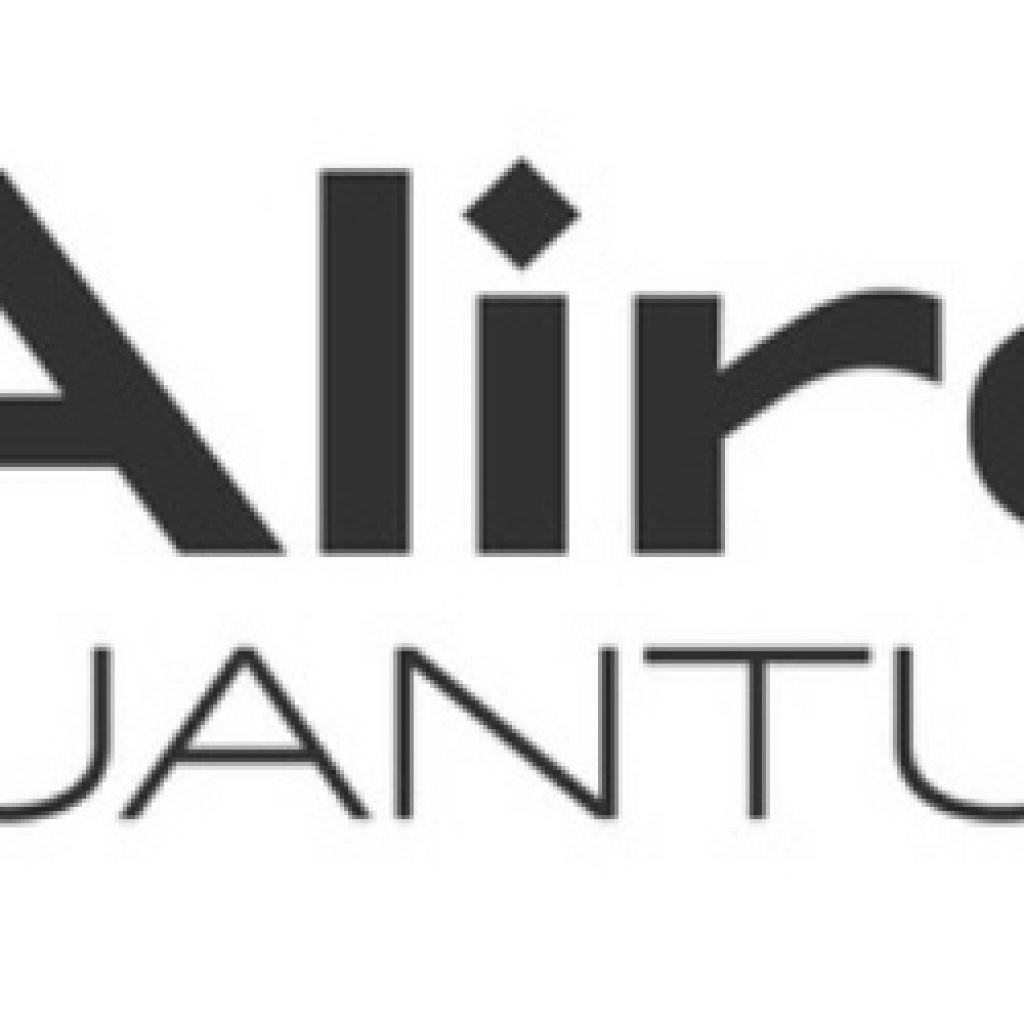(HPCWire) IQT-News here summarizes the always excellent John Russell’s discussion of:
What is Quantum Networking?
Why Should You Care?
Who is Aliro?
Russell answers his questions in reverse. Those are summarized below, the extensive article is worth the time to review.
Aliro Quantum is a young Harvard lab spin-out seeking to deliver the quantum networking technology many believe is critical to scaling up quantum computers. Aliro contends that clustering moderate size quantum computers, say 1000-qubit systems (still not buildable, though IBM says perhaps soon) or bigger, is the most likely way to create something resembling a monolithic 1M-qubit-or-more-sized quantum computer large enough to solve practical problems.
“That thesis is at the core of our business model and of many others,” said Prineha Narang, Aliro CTO, founder, Harvard professor.
NOTE: Aliro Quantum a Gold Sponsor of Inside Quantum Technology New York Nov 1-5
It should be noted not everyone agrees that clustering is the only or best path to scale-up quantum computers. PsiQuantum, for example, says its photonics-based quantum computer that’s leveraging semiconductor fabrication techniques will scale to a million or more qubits
There is broad agreement that practical, scalable quantum networking is an important ingredient in the development of a robust quantum information sciences landscape. DOE has several related projects and there are similar efforts around the globe.
Accomplishing that requires dealing with familiar quantum challenges: generating entanglement, managing coherency duration, enacting error correction, using quantum memory, and – to reach any distance (WANs) – reliable repeaters. Also, don’t forget there are currently numerous qubit technologies such as semiconductor-based superconducting, trapped ions, cold atom, photonics, etc. A ‘generalizable’ quantum network would need to be able to interface with any of them.
Besides clustering quantum computers, there is a major push to develop a so-called quantum internet. Among potential applications identified in a 2018 Science article are: secure communication, clock synchronization, extending the baseline of telescopes, secure identification, achieving efficient agreement on distributed data, exponential savings in communication, quantum sensor networks, as well as secure access to remote quantum computers in the cloud.
DOE has announced a very big roadmap and blueprint to connect the various DOE labs, which, of course, are all across the country. Essentially, this is the quantum version of the ARPANET. And there are some hardware advances needed before we can talk about connecting something as big as that.
Narang expects there to be a variety of node types, think smart and less so. Fees for entanglement-as-a-service would likely be based on both transmission fidelity and transmission rates. Big customers such as a bank might want exotic boxes and pay a premium; others might not require that. The Aliro website lists “quantum-secure communications, improved GPS precision and reliability, and accurate positioning, navigation and timing” as potential application for its entanglement-as-a-service (EaaS). That seems less connected to the idea of scaling up quantum computers via clustering. To some extent, the promotion may be aspirational as the quantum network world is still nascent.
Like many, Narang thinks moving quantum processing out of icy cold dilution refrigerators (a few degrees Kelvin) will be an important step.
Choosing partners and technologies is tricky. “We’ve been in deep conversations with both Google and Amazon and they have very different roadmaps going forward and we haven’t ourselves decided if would try to achieve both or pick one.
Likewise, photonics expertise will be critical. Xanadu and PsiQuantum are among the more prominent quantum computer companies trying to develop optically-based systems.
